14 Proven Ways to Get Back in Shape
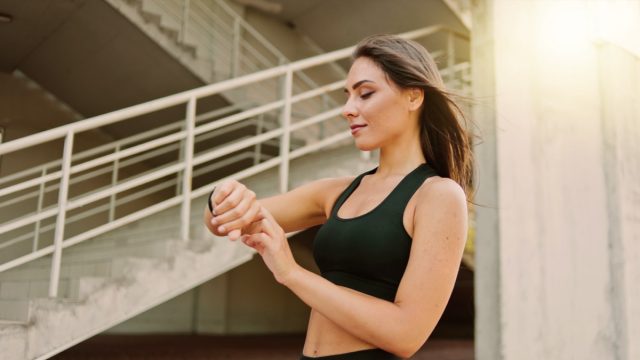
As a three-sport athlete in high school and a college basketball player who decided to go into business for himself in the fitness industry, I've never been one who had to "get back in shape."
I was always the skinny hard gainer in high school graduating at a staggering 5' 11" and 135lbs. but because of that, I had to deal with the insecurities around my muscle mass, my ability to protect myself in any dangerous situations if need be. My ability to perform on the court, or field, was often linked to my IQ and hustle, not my physical attributes.
When I made the decision to play in college, I also had to commit to improving those physical characteristics which took time, effort, consistency, and dedication just like it would for somebody trying to get back in shape.
Now, when we say "get in shape," we really mean we want to add muscle size and density and decrease body fat systemically. Ideally, most people want to look like an athlete, not a superhero or not a couch potato.
What we put in our body is what we become. What we stress our bodies with, is what it becomes adapted to and for. Stress the heart, the heart gets stronger. Compress the bones, they become more dense. Challenge the amount of muscle fibers needed, they recruit, and build more that can do the job.
Here's the caveat, you need to walk the fine line between challenging the body (without causing injury) and allowing it adequate time to recover and repair. Read on.
Establish Your Baseline

To begin your fitness journey, it's crucial to establish your baseline. This involves more than just your weight and BMI; it requires a deep dive into your actual body data. Get a thorough understanding of your health by getting bloodwork done with your doctor, assessing your body composition through machines like InBody, and knowing your Muscle Mass, Body Fat Mass, Body Fat Percentage, Muscle Mass to Fat Mass Ratio, and BMR, which will be discussed later in the context of nutrition.
Related: I Lost 30 Pounds by Changing My Mindset Using These Simple Strategies
Assess Daily Habits

The foundation of your wellness pyramid is based on seven key elements: sleep, diet, exercise, sunlight, grounding, and supplements/support. Think of these as classes in school, where the goal is to achieve a 4.0 GPA, or in this case, a 4.0 body. Strive for excellence in each area, evaluating aspects such as your sleep routine's consistency, your intake of protein, fiber, and water, your resistance and cardiovascular exercise routines, and stress/recovery modalities like breathwork, sauna, or cold plunge exposure.
Commit to Constantly Learn More
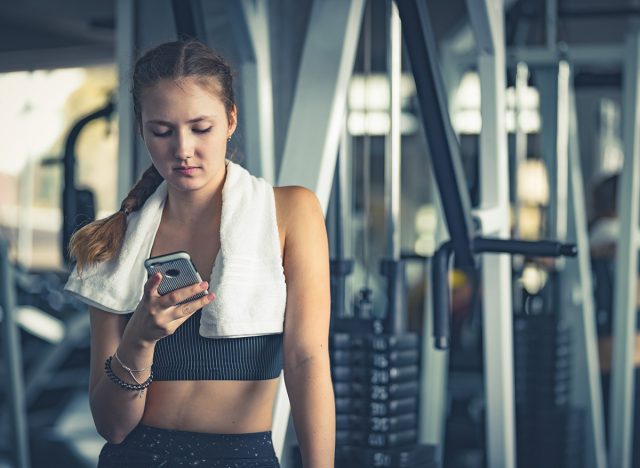
Perpetually explore how sleep, food, supplements, and different exercise routines can contribute to overall fitness and well-being.What you don't know, you can't fix. You wouldn't take your car to a service provider that doesn't have an immense understanding of what is going on underneath the hood and how it all connects. Be as curious as possible about your body and use your phone as a tool to help "research," but take everything you learn with a grain of salt, science is the art of not knowing and always challenging current beliefs.
Let Food Be Thy Medicine

Eat a lot of nutrient-dense foods, and if it wasn't a "food" 150 years ago, you probably shouldn't eat too much of it! Understand that fats, sugars from natural sources like fruits, and cholesterol aren't inherently harmful. Aim for a balanced diet with approximate daily intakes of 0.75-1 gram of protein per pound of body weight, 30g of fiber, 5-6 servings of vegetables, 2 servings of fruits, and moderate amounts of grains, starches, and dairy.
Dietary Discipline
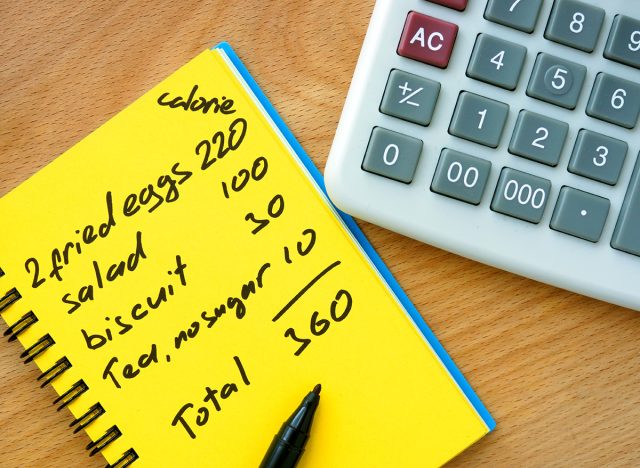
It's a lot easier to not eat 300 calories than it is to burn 300 calories. Now with that being said, focus on what you can add in, not what you need to take away! Add time parameters to your food intake (no eating 2 hours before bed time) instead of cutting out late night snacks. Add in more protein, fiber, vegetables and healthy fats instead of focusing on taking out unhealthy processed snacks.Establish your BMR (basal metabolic rate – minimum amount of calories needed by your body to complete basic bodily functions and cell replication everyday) and adjust up or down from their according to your body composition goals.
Related: Best Exercises For Ozempic, Wegovy and Other GLP-1 Medicine
Resistance Training
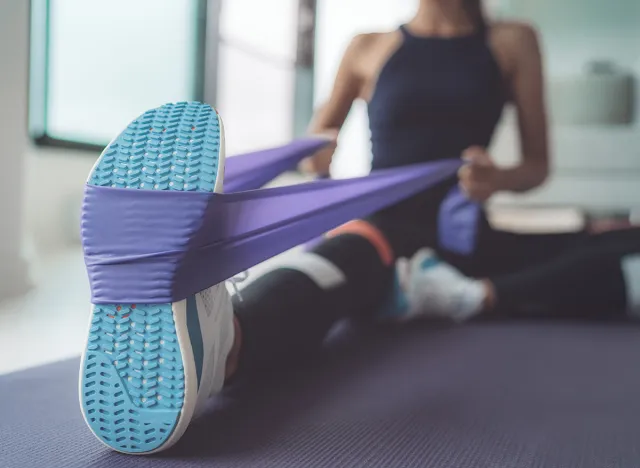
Incorporate weight lifting and resistance exercises into your routine to build muscle and density, which in turn increases your daily calorie burn. Building muscle is key to burning fat. Make sure to engage in a comprehensive resistance training regimen at least three times per week.
Drink More Water
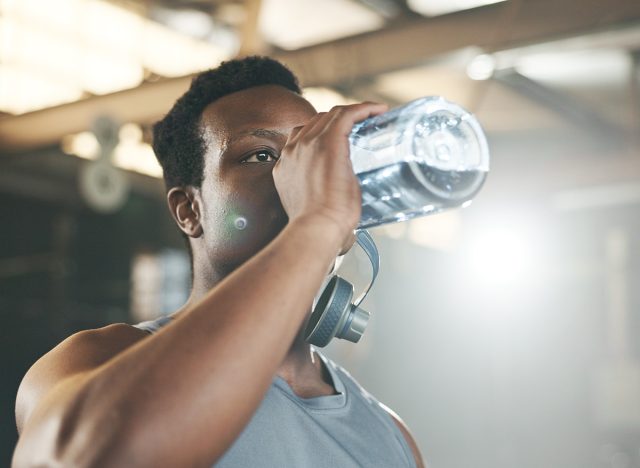
Hydration is key, as our bodies are made up of roughly 60% water. Aim to drink ⅔ of your body weight in ounces per day. For example, a 150 lb. individual should drink a minimum of 100 oz. per day. Avoid tap water; opt for natural spring water or filtered water. Enhance your water with quality salt and/or electrolytes and add fresh ingredients like lemon, lime, or cucumber for flavor.
Prioritize Sleep

Sleep is ⅓ of our life for a reason, it is the most important aspect of our body's ability to rest, recover and reset! Go to bed at the same time every night. Establish a night time routine that encourages your body to wind down. And wake up early and see the sunrise—this can actually trigger your body's circadian rhythm to be more energized upon sunrise and more tired upon sundown.
Related: 7 Best and Most Delicious Fast Food Meals Under 400 Calories for Weight Loss
Cardiovascular Exercise
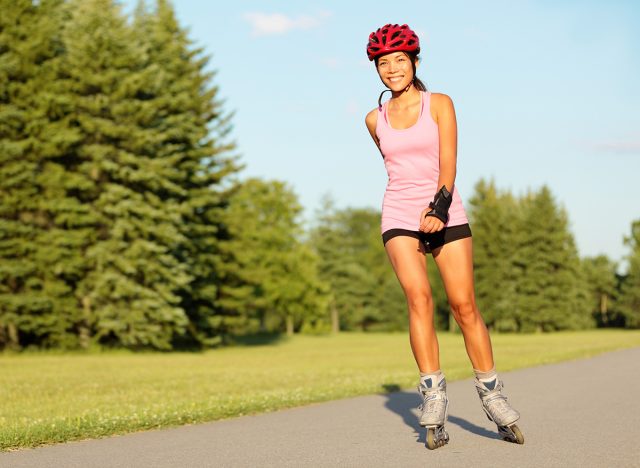
Incorporate both high and low-intensity cardiovascular exercises to improve heart health. Understand the importance of being fit for running, rather than running to get fit. Activities like swimming, bicycling, rowing, rollerblading, walking, or jogging are great for steady-state cardio. For calorie burn, engage in High-Intensity Interval Training (HIIT), which includes exercises like circuit resistance training, sprinting, or sports with short bursts of effort.
Extra Calorie Burn

Remember that most calorie burn occurs through day-to-day activities and not just through structured exercise. Small habits can significantly contribute to your metabolic rate. Park farther away in parking lots, take phone calls while walking, opt for stairs instead of elevators, and incorporate mobility exercises during evening television time. These simple activities can add up to a significant calorie burn over time.
Get Back In Touch With Nature

Spend time outside, spend time being cold, spend time being warm and get away from technology sometimes! Practice grounding by touching your bare feet to the earth—it has a magnetic field that helps balance out our own body's. Sun exposure is crucial for vitamin D production, which plays a significant role in hormone regulation, immune system function, and energy levels. Utilize saunas for immune support and lymphatic drainage—if done just 60-90 minutes per week for 15-20 minutes at a time—and consider cold showers or baths to reduce stress, anxiety, and inflammation while boosting your mood and energy. This trick can help decrease stress, anxiety and inflammation while boosting your energy and mood if done just 10-15 minutes per week for 2-3 minutes at a time.
Accountability

If all of the above seemed extremely overwhelming, don't worry! There are tons of professionals, like myself, who specialize in these areas of expertise and you can find guidance with them. Create accountability by involving a friend, partner, or a team of health professionals in your fitness journey. Keeping a journal can also improve adherence and results. When faced with challenges, lean on your accountability team for support and motivation.
Regular Evaluation

Regularly check in with your doctor, nutritionist, personal trainer, or use a body composition scale to monitor your progress. Aim to improve your bloodwork levels and discuss them with your doctor. Change your workout routine every 6 weeks to avoid plateaus and try different foods regularly to keep your diet interesting and varied.
Build Confidence and Mental Fortitude

My business partners have always said, "Whether you do it or not, the time will pass." Two years from now, you will either be two years closer to health problems or 2 years further from them! Challenges will present themselves, don't lean on them as excuses. The more you follow through on what you say you're going to do, the better you will feel about yourself and those good habits will snowball one day into the next until it is a part of who you are.
Related: The 5-Minute Stretch Routine That Can Improve Your Posture
Final Word From the Expert

In conclusion, achieving and maintaining fitness is a multifaceted journey that requires dedication and consistency. By incorporating a combination of regular exercise, balanced nutrition, and adequate rest, individuals can effectively re-establish their human desire for fitness. Furthermore, the incorporation of goal setting, tracking progress, and seeking support from a community or fitness professional can significantly enhance the likelihood of success. Embracing a holistic approach to health and wellness, which includes mental and emotional well-being, is pivotal in sustaining long-term success. Ultimately, by adopting these top 14 strategies, individuals can embrace health and wellness, transform their mindset and reclaim their vitality.
Dillan Foss, ATC, is a Board Certified and Licensed Athletic Trainer, and the founder of Limitless Theory.




